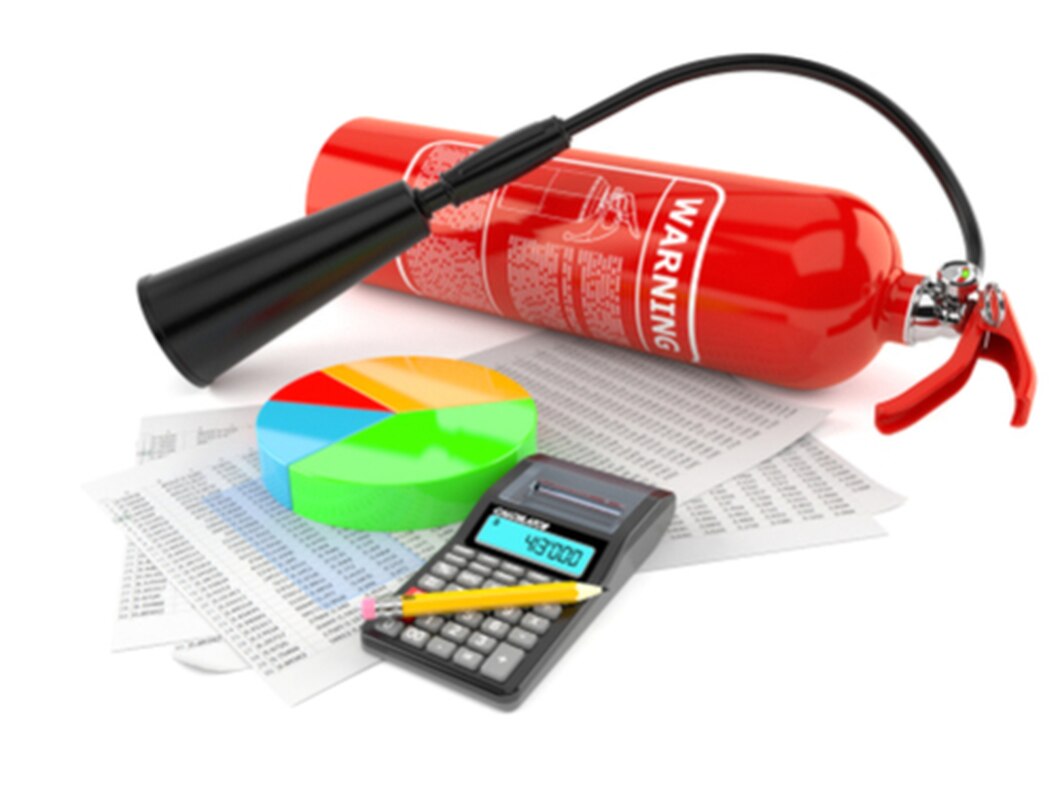If you are thinking of buying a House in Multiple Occupation (HMO) or converting or refurbishing a property into an HMO, the regulations regarding fire safety can be more complicated than those relating to a single buy-to-let. However, this should not be too much of a worry as many things are basic common sense and in any case, at UK-FireRisk Assessments, we can help you with a fire risk assessment for flats.
One of the reasons that regulations for an HMO are more strict is that your tenants may not get on very well or may not even know some of their neighbours. Some of them may not even be on speaking terms.
What you also have in an HMO that you don’t normally have in a single-family home or buy-to-let is a situation where doors may be regularly locked. You might also have a situation where bikes, prams, or other items could be left in a corridor. This can mean that people do not have a clear exit and are not able to get out of the building in a hurry in an emergency.
If you are worried that you might get a long list of expensive alterations that in your opinion are unnecessary, then don’t be. Certainly, our job is to inspect your property and ensure that you are compliant with the law, but in most cases, we can give you some tips and advice on how to ensure that your tenants are safe.
Some of these things can be done for very little, and one such item is thumb turn locks. These can be put on all doors and they ensure that your tenants can escape quickly in case of fire. If you use keys, it may well be that the keys are not to hand, which could result in a serious injury or even fatality. Health and Safety regulations state that tenants must always have a clear escape route, and thumb turn locks to ensure that they indeed do.
Of course, it goes without saying that you need fire alarms and smoke detectors. Ideally, these should be hard-wired so that there is no chance of batteries wearing out over time, and they should all be linked so that if one goes off, they all go off. Fire alarms should be in all bedrooms, corridors, and communal areas. You should also install heat detectors instead of smoke detectors in kitchens and bathrooms. These go off when the room reaches a pre-determined temperature rather than being triggered by smoke. In places like a kitchen, you may well get smoke from food cooking, but you don’t want an alarm going off every time as a result.
You might also consider installing things like sprinklers in corridors and communal areas.
Fire doors are a must, of course, and as a landlord, the law states that you must ensure that all escape routes from the property are protected. Fire doors will achieve this. They should be fitted with intumescent strips rather than smoke seals. A smoke seals only bocks off smoke, preventing inhalation, but an intumescent strip will stop smoke and prevent the fire from spreading for a period of time.
Another consideration is the windows. These may be either a primary or secondary escape route, and the windows need to be of the correct size to open. The windowsill height also has to be taken into consideration. If you are having new windows fitted, they should be done by a registered window fitter with FENSA registration in order to ensure that they are fit for purpose.
Of course, you are not responsible for what each tenant does in the confines of his or her own flat, and unfortunately, one of the major causes of fire in flats is electrical faults caused by overloaded sockets. We use a lot of electrical equipment these days including laptops, routers, TV’s, table lamps, Sky boxes, DVD and CD players, games consoles, and more, so there should be sufficient power sockets to accommodate them without any one of them being overloaded.
At UK-Fire Risk Assessments, we can produce a fire safety assessment for you and advise on the best options for your particular circumstances: all properties are different and will need the right approach in order to be compliant.

